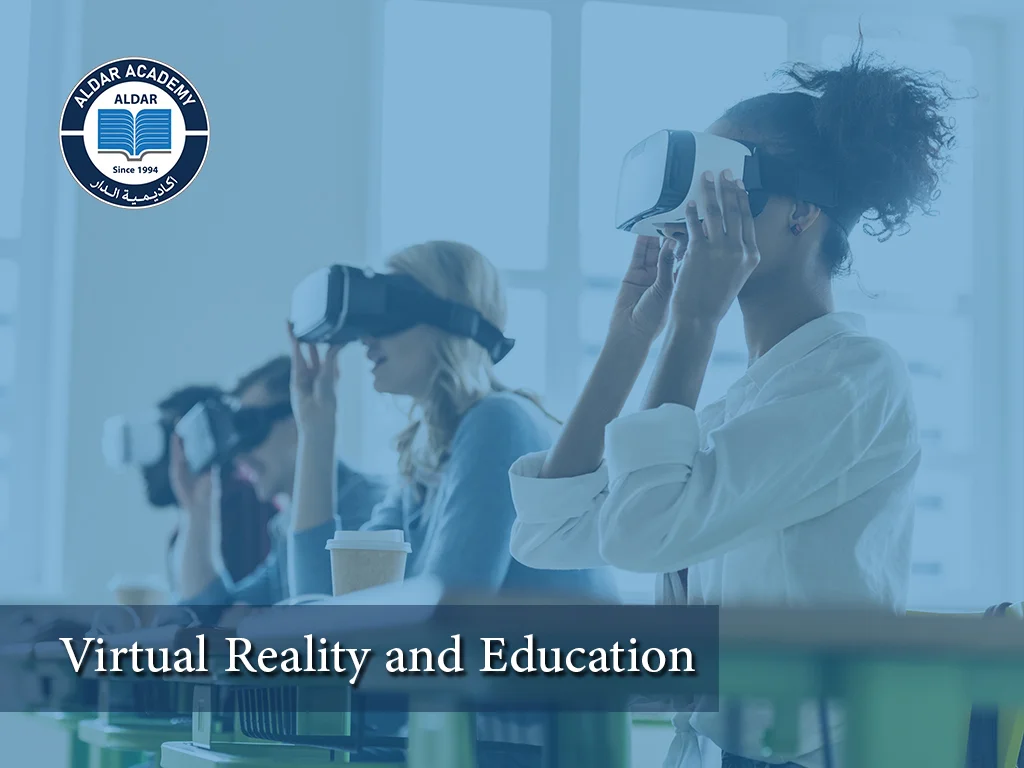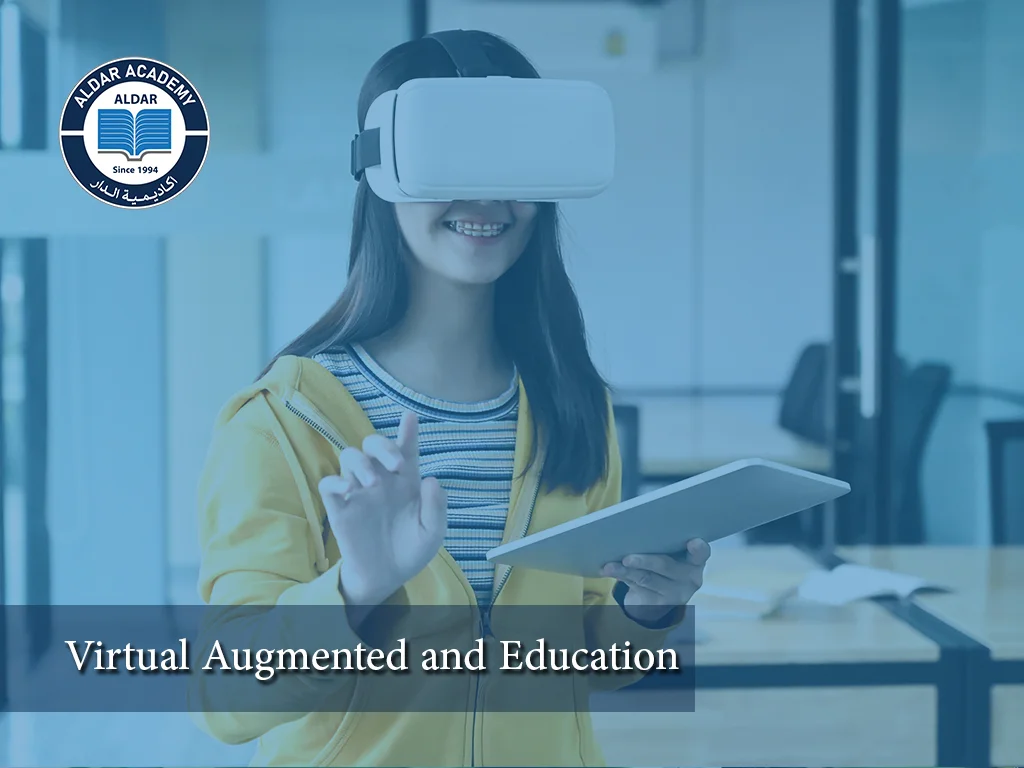- March 9, 2023
- Awad Samhan
- 0
Infact The use of technology in education field has come a long way in last years. Virtual reality (VR) and augmented reality (AR) are two technologies that have shown great promise in enhancing student learning and engagement. We at Al Dar Academy for Vocational Education are interested in taking advantage of virtual reality and augmented reality In, we will explore the effectiveness of VR and AR in improving student learning and engagement.
Virtual Reality in Education
Virtual reality technology allows students to immerse themselves in realistic, interactive, and engaging environments. This technology has the potential to revolutionize the way students learn by providing them with hands-on experiences that are not possible in a traditional classroom setting.
One of the most significant benefits of VR in education is its ability to provide students with a more immersive and engaging learning experience. For example, VR can be used to create simulations of historical events, scientific experiments, and complex mathematical concepts. This allows students to actively participate in the learning process and experience the material in a more meaningful and memorable way.
Another advantage of VR in education is that it can help students develop critical thinking and problem-solving skills. VR simulations often require students to make decisions, solve problems, and work through challenges. This type of learning environment allows students to apply what they have learned in a real-world setting, helping to deepen their understanding of the material.

Augmented Reality in Education

Augmented reality (AR) is a new technology that overlays digital information onto the physical world. In education, AR can be used to enhance textbook lessons, create interactive learning experiences, and provide students with new ways to explore and understand the world around them.
One of the benefits of AR in education is that it can make learning more engaging and interactive. For example, AR can be used to enhance textbook lessons by adding animations, videos, and interactive elements to the pages. This makes the learning experience more dynamic and helps students to retain the information they have learned.
Another advantage of AR in education is that it can help students to understand complex concepts and ideas more easily. For example, AR can be used to create visual representations of scientific concepts, historical events, and mathematical equations. This type of learning can help students to see the connections between abstract concepts and real-world applications, making the material more accessible and meaningful.
VR and AR technologies - role in improving education
In conclusion, VR and AR technologies have the potential to transform the way students learn and engage with the material. By providing students with immersive, interactive, and hands-on learning experiences, VR and AR can help students to develop critical thinking and problem-solving skills, deepen their understanding of complex concepts, and retain information more effectively.
While there is still much to be learned about the effectiveness of VR and AR in education, early results are promising. As these technologies continue to evolve and become more widely adopted, it is likely that they will play an increasingly important role in improving student learning and engagement.
 Articles
Articles
- The importance of AI course
- ALDAR Academy for Vocational Education students visit the GITEX exhibition
- The Importance of Cyber security Certification
- Diploma in Data Analysis – Aldar Academy for Vocational Education
- Diploma in Art and Media – Aldar Academy for Vocational Education
- التسجيل في دورات اكاديمية الدار للتعليم المهني
- scholarship Al Dar Academy for Vocational Education And Esaad
- Why choose ALDAR Academy for Vocational Education?
- Register
- Fashion Design Course in Dubai – ALDAR Academy
